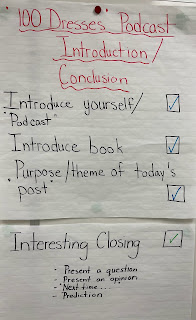Friday, March 24, 2023
Literacy and the Land
"Elders have taught us it's important to acknowledge the land where we gather and the First Peoples who traditionally lived here. It shows respect for people, their contributions and their ways of being, belonging, doing, and knowing, which are reflected through the stories and songs that have lived on this land for thousands of years. "
Calgary Board of Education 2023
Throughout the school year our grade 3-6 students will be given opportunities to acknowledge and celebrate significant cultural observances and events such as the Winter/Summer Solstice and Spring/Fall Equinox. As well as be introduced to stories about the land passed on by our area elders.
Grade 4 and 5 - The Legend of Okatok
Grade 5 "retelling" of the legend of the Okotoks Erratic Rock.
Grade 3 and 4 - Story of Ki'piaapi (Crocus)
The Spring Equinox represents new life and an awakening in our natural world.
Crocuses are one of the first flowers of spring to bloom on the prairies. Blackfoot legend states that it tells other plants to start growing - it is time for the new life cycle.
Future teachings will include the legend of "Ksistsikoom" (Thunder) and how spring is marked by the first sounds of thunder.
As we head into our spring break, I would like to share a word colleague taught me:
Kakyosin is a Blackfoot word meaning
"to observe or notice quietly and mindfully. "
Student reflection of "Spring Senses Words"
Wishing everyone a relaxing break with lots of sunshine and
many opportunities to practice Kakyosin.
See you on Monday, April 3, 2023












